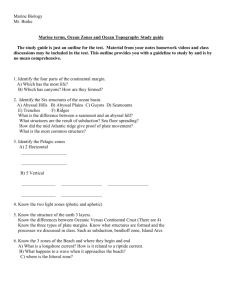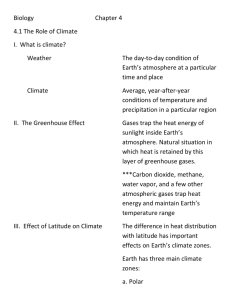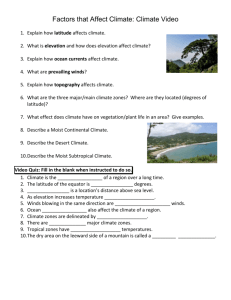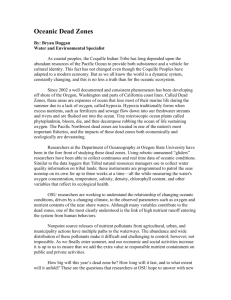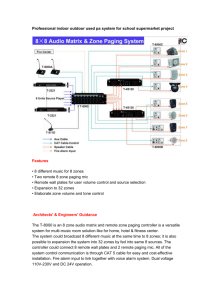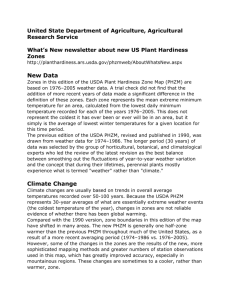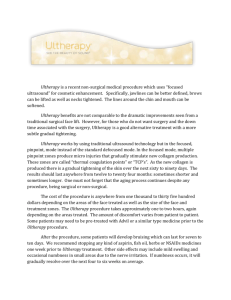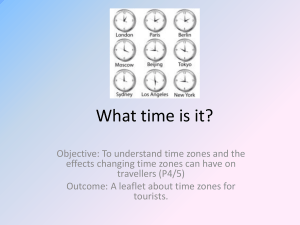Dead Zone Climate Acidification
advertisement
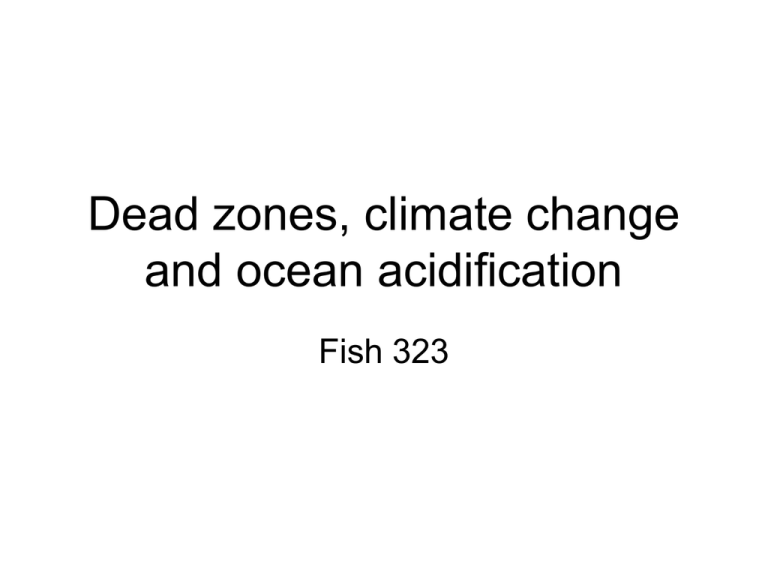
Dead zones, climate change and ocean acidification Fish 323 Dead zones • Regions of very low oxygen also called hypoxic zones • Few forms of marine life can survive • In 2008 405 dead zones were identified world-wide • Are often ephemeral – they come and go • Causes: settlement of plankton to bottom where decay consumes most oxygen Primary causes • Agricultural run off • Oregon: zones thought to be natural The Black Sea • Extensive dead zones in the 1980s • Fertilizer use declined dramatically with collapse of Soviet Union • By 1996 no dead zone found The Louisiana dead-zone Ecosystem consequences • Shifting distributions of mobile animals • Killing of less mobile species • Level of concern is subject to considerable debate The “good” side of Dead Zones • Hypoxic zones have been with us for a long time – are the source of scale records used in paleo-ecological studies • Oil, gas and coal resources are the result of anoxia • Can be a potential site of carbon sequestration. Climate change Temperature Scenarios Key impacts • Warmer (mostly) • Change in rainfall wetter some places, drier others • Sea level increase • Increased variability and storms • Increased CO2 in ocean Projected changes in temperature Rainfall and runoff Sea level rise Tuvalu and Pacific Islands Tuvalu will disappear Impacts on fisheries The debate • What can be done – Reduction in CO2 emissions – Carbon sequestration • Ocean fertilization – Mediation – atmospheric shielding • The role of adaptation – How rapidly can plants and animals adapt – How rapidly can human society adapt Ocean acidification Consequences of acidification • coccolithophores, corals, foraminifera, echinoderms, crustaceans and molluscs cannot form calcarious structures • Decreased survival and reproduction of other animals Coccolithophore • are single-celled algae, protists and phytoplankton belonging to the division haptophytes. They are distinguished by special calcium carbonate plates The projections • Corals, etc will disappear leading to dramatic changes in marine food webs • But cocolithophores have become more abundant and heavier as oceans have warmed • How rapidly can species adapt to changing ocean acidity? Summary re climate change • The major long term challenge in aquatic resource management • While there is much debate about magnitude of impacts it is safe to assume that things will change • There will be winners and losers

